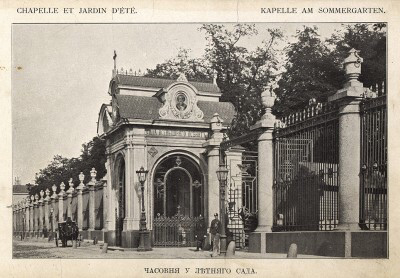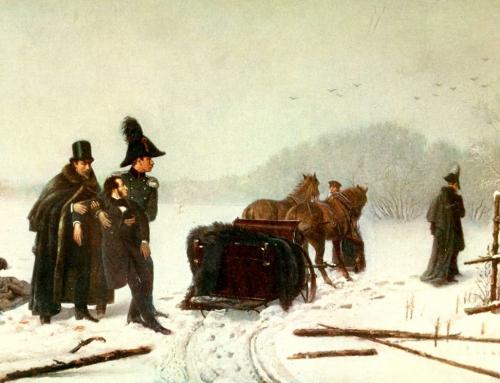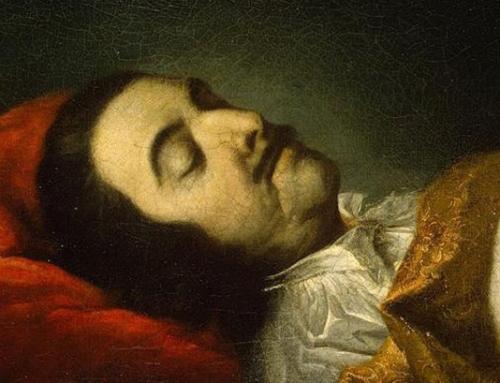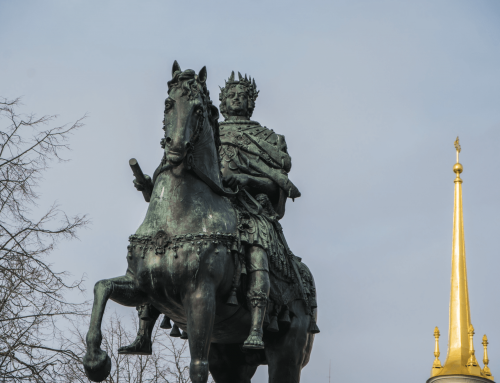On April 16 (4), 1866, a large crowd of onlookers gathered at the central gate of the Summer Garden. Everyone wanted to see the emperor, who was about to leave the garden after his walk. Alexander II liked to walk in the Summer Garden. For the safety of the emperor, the public was removed from the garden, the gates were closed so that no one interfered with the promenade.
When Alexander II, after a walk with his nephew the Duke of Leuchtenberg and his niece, the Princess of Baden, was leaving the gates of the Summer Garden, a shot was fired. Dmitry Karakozov shot at the emperor almost point-blank. The bullet would have hit the target, but the arrow was pushed by an onlooker standing next to him. It turned out to be the peasant Osip Komissarov, who, for saving the life of the tsar, was promoted to the nobility and given a reward.
In memory of the salvation of the emperor from death, it was decided to build a majestic temple at the site of the assassination attempt. But Alexander II ordered the creation of a small chapel, pointing out the need to fit it as tactfully as possible into the fence of the Summer Garden.
In 1867, a chapel in the name of St. Alexander Nevsky appeared on the site of the central gate, built according to the design of the architect R.I. Kuzmin. To enter the Summer Garden, the side gates of the Nevsky fence were moved to the chapel, and 12 columns had to be moved.
After 1917, the chapel was closed; in the 1920s, it housed a reading room. In 1930, the chapel was demolished as “anti-artistic, spoiling the Neva fence.” Having removed the chapel, it was decided not to restore the central gate. Instead, they installed a link of the fence, hanging on it a commemorative plaque about Karakozov’s shot.
Throughout the 20th century, the Neva fence stood in a modified form – the side gates were located at the central alley of the Summer Garden. In 2012, the Nevskaya fence regained its central gate, and the side gates took their historical places.








